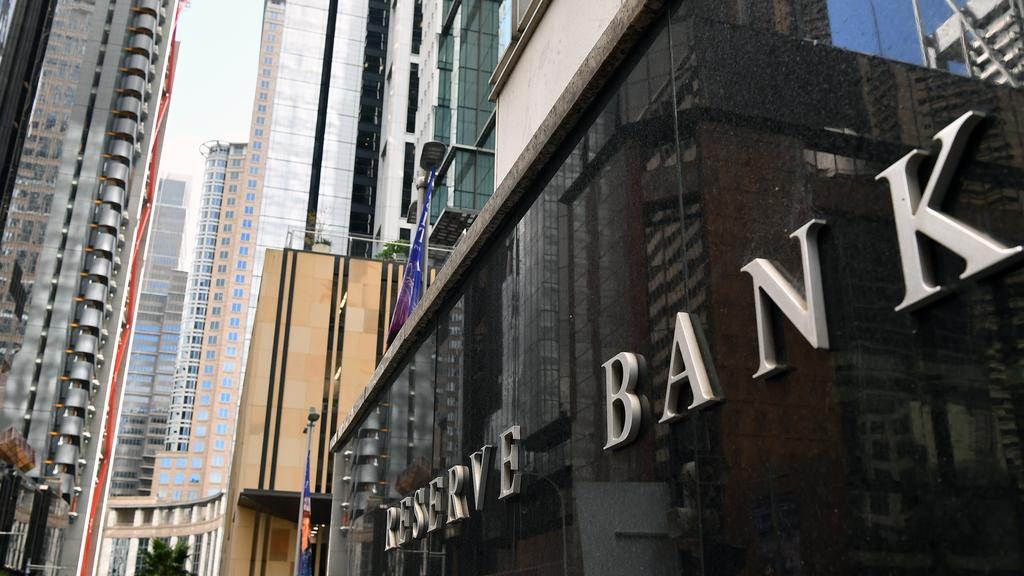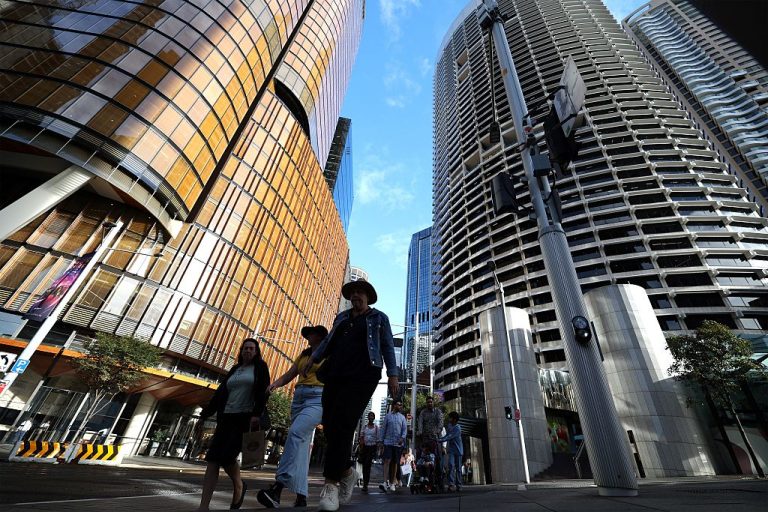3 forces to watch in Australia’s commercial property market this year

Aussie commercial real estate investors will be keeping a close eye on interest rates, the nation’s job market, and the federal government’s controversial $3m superannuation tax changes this year, according to expert Vanessa Rader.
Speaking on the sidelines of the Ray White Connect conference on the Gold Coast on Tuesday, Ray White head of research Vanessa Rader said investors would be watching all three indicators closely.
Ms Rader said uncertainty surrounding the federal government’s proposed changes to superannuation tax rules was already prompting hesitation in parts of the market.
“It’s causing a lot of change in confidence and sentiment, and it puts everyone’s decision making on hold,” she said.
The proposal, which would impose a higher tax rate on superannuation balances above $3 million, has raised concerns among self-managed super fund (SMSF) investors, particularly those who hold commercial property in their portfolios.
“If we do see it come into effect… there will be a lot of assets coming to the market because it is a additional tax to pay that they didn’t anticipate,” Ms Rader said.

Ray White Commercial head of research Vanessa Rader says commercial real estate investors will be watching interest rates, super tax changes and unemployment closely this year. Picture: Supplied
She noted that many owner-occupiers had purchased properties through their super funds in recent years, especially in small industrial and commercial segments, as a way to shield themselves from rising rents.
“They’ll be faced with a tax bill that they weren’t anticipating,” she said.
The second factor she identified was interest rates. The Reserve Bank of Australia cut interest rates by 25 basis points to 3.6% on Tuesday, marking the third rate cut in 2025 with more cuts still expected to come later this year.
Commercial markets were heavily impacted when the RBA embarked on a rapid interest rate tightening cycle between May 2022 and late 2023. Ms Rader said Tuesday’s rate cut, in addition to the others, were already having a stimulating effect on the market.
“We have been in this treading water pattern for quite some time, and I think that these little movements in interest rates actually do a lot to improve confidence,” she said.
Lower borrowing costs could encourage activity in niche asset types, such as childcare centres and smaller-ticket commercial deals, she noted.

Commercial property investors will be watching interest rates closely this year. Picture: NCA NewsWire/Joel Carrett
“We see a lot more activity happening in childcare and other alternative sectors, but it is very price specific,” she said.
“So if you’re in the sub-$5 million price point, I think there’ll be a lot more activity in that price range.
“When it gets a bit higher, interest rates aren’t necessarily a massive driver … but I think we’ll be seeing more movement at the small end of the market across all different asset classes.”
The third factor to watch is unemployment.
Australia’s unemployment rate has inched higher this year, and Ms Rader said the official numbers may understate the reality in the labour market.
Australia’s unemployment rate rose to 4.3% in June from 4.1% in May this year.
“Unemployment has been trending upwards, albeit ever so slightly,” she said.

Unemployment will be another indicator to watch for commercial property investors. Picture: Getty
“I do think that some of the numbers we see are probably underestimated, and I think we will continue to see that increase across the country, and that will do a lot to shape people’s thoughts about expanding space.”
Higher unemployment could weigh on leasing demand, particularly in the office and retail sectors.
“In the office sector, we may not see a lot of expanding footprints,” Ms Rader said.
“In the retail sector, we’ve seen a lot of shops closing rather than expanding, and we’re seeing a lot more of those retailers having one store rather than five.”
Over the 2024-25 financial year, Australia recorded $59.9 billion in commercial property transactions across 7,754 individual deals.
It represented a 0.3% decline in dollar value but an 18.5% reduction in transaction numbers, compared to the previous year.







